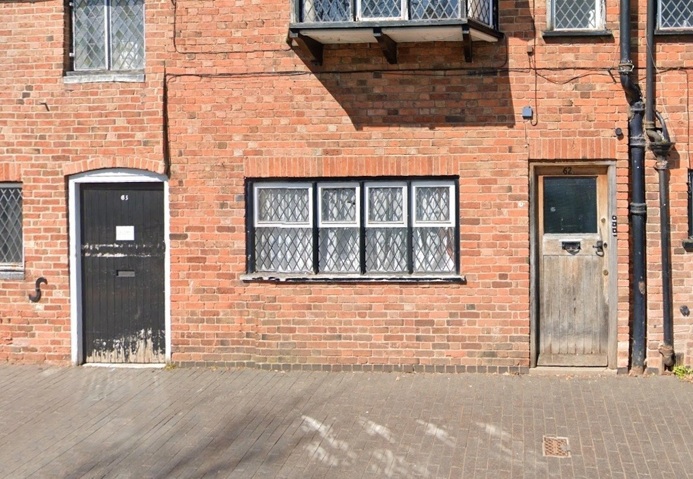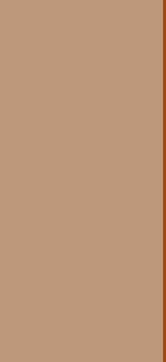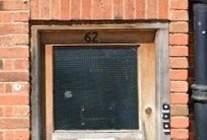

SLHS: Consecutive v Odd/Even House Numbering



Disclaimer
Whilst some care has been taken to check externally linked websites no responsibility is offered nor implied for the suitability, legality or reliability of content therein.
Statements are made here to the best of our knowledge. However no statement here should be regarded as irrefutable fact. Please contact us if you consider otherwise.
History
The byways of England traversed the fields where people worked. Their houses were built at the side of these lanes, normally facing towards the field, or if in a community, around a ‘village green’.
The houses were known by their names. A row of houses that looked the same might be numbered. If more houses were added either the numbering started again or occasionally continued the order. Thus the whole of one side of a lane or village green might be consecutively numbered.
Growth
Over time villages grew into towns. The other side of the lane might be built on. There could be such pressure on land that even the village green might be built on. Again unique houses were named but if there was a row of houses here then, in order to preserve the road’s name because you didn’t want each side of a street to have a different name, the numbering of the new houses started just after the highest number on the other side. This is known as Consecutive House Numbering where each side is consecutively numbered.
Whilst this meant that none of the houses had to be renumbered this rather unfortunate numbering system, of starting at one on one side then crossing over to complete the numbering on the other could mean finding a house in the middle of the numbers used could mean quite a lot of walking up and down !
A New System
That system was just plain hard work but contrary to popular rumour the Postage Act of 1765 did not enforce any method of house numbering. That had to wait until as late as 1855 (see first reference below) by which time the following common sense had already prevailed: when towns were being planned a system of having Odd Numbers on one side and Even Numbers on the other was greatly beneficial because once you had seen a number at one or other end of the street one could logically work out roughly where any house would be.
Furthermore if that numbering had been started where an extension to the road was unlikely to ever happen eg in the middle of a town going outward, then the numbering may easily be extended at the farther end if more houses were added.
Further Information..
-
False reports of numbering enforcement:
-
Surprisingly there’s a great deal of English history:
-
But if you’re really mad then this is for you:

To return to Master page click on ‘Streets’ above.
-
● Full
-
● Partial
-
● None
-
Theatres ●


Consecutive Numbering In Stratford
Yes, even our placid little town has consecutive numbering in:
-
Bridge Street (see right)
-
Evesham Road
-
Grove Road
-
HighStreet
-
Sheep Street
-
And one other*
*However to find out this one you will have to see Quiz Question 8 so No Cheating !
Last update: 31/10/2024
Created: 30/04/2024
And Finally, Esther..
In memory of the That’s Life’s Not-So-Great Cyril Fletcher there exists a real house recognised officially as (this opens in GoogleMaps): Minus 2, Wood End Lane, Cam (near Stroud)
If you want a collection of fractional house numbers then look no further than: UK Address Oddities

Bridge Street
Highest House Numbers
Inevitably large countries will have long roads. Obviously most numbering will be localised but some cities are renowned for high house numbers, especially where systems restart part way at each block inter-section as in USA, Russia and China.
Here, in the UK, the highest house number is thought to be not far from here: 2679 Stratford Road, Solihull.
